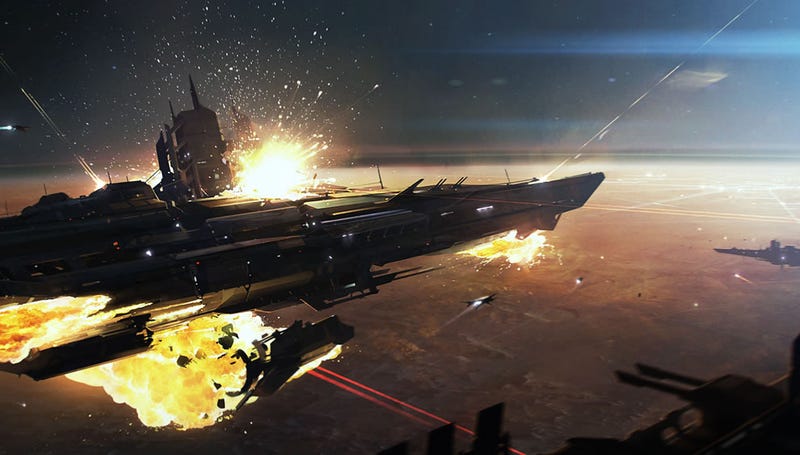4:06 PM 10 Myths About Space Travel That Make Science Fiction Better | ||||
#space travel # 10 Myths About Space Travel That Make Science Fiction Better
We all love to point out the ridiculous bad physics in science fiction — it's like an awesome sport that everybody wins. (Except physics.) But the truth is, sometimes you have to violate the laws of physics to create science fiction stories that people want to watch. We asked six great physicists to name their favorite occasions when breaking the laws of physics makes science fiction better, and here's what they told us. FTL is a big plot shortcut, of course, since even light takes years to get from star to star. But even when Our Heroes go from planet to planet in the same system, it doesn't take long. Hours maybe. or whatever the script demands it to be for dramatic purposes. But in reality, planets are far apart. Our fastest probes take years to get from one place to another. Heck, the Moon is our closest neighbor in the entire Universe and it's still three days flight away. Of course, in the future we'll have faster rockets and all that, but still. Unless your whole plot revolve around some slower-than-light ship taking decades or centuries to get to the next star over, you have to use FTL. Without it, you'd have a vvvverrrrrryyyyy looooooooong movie with nothing happening. After all, space is big. That's why we call it that. Notice how artificial gravity always works as if you were on a movie set? says James Kakalios. a professor of Physics and Astronomy at University of Minnesota. Pretty much only 2001: A Space Odyssey has gotten this right — you can't have artificial gravity in space without creating spin, to use centripetal force to keep people stuck to the floor. And you'll notice that on shows like Star Trek. when life support and power are turned off, artificial gravity somehow always keeps working. (With the exception of Star Trek VI. of course.) Image by Hanho Lee via ConceptShips.
| ||||
|
| ||||
| Total comments: 0 | |
